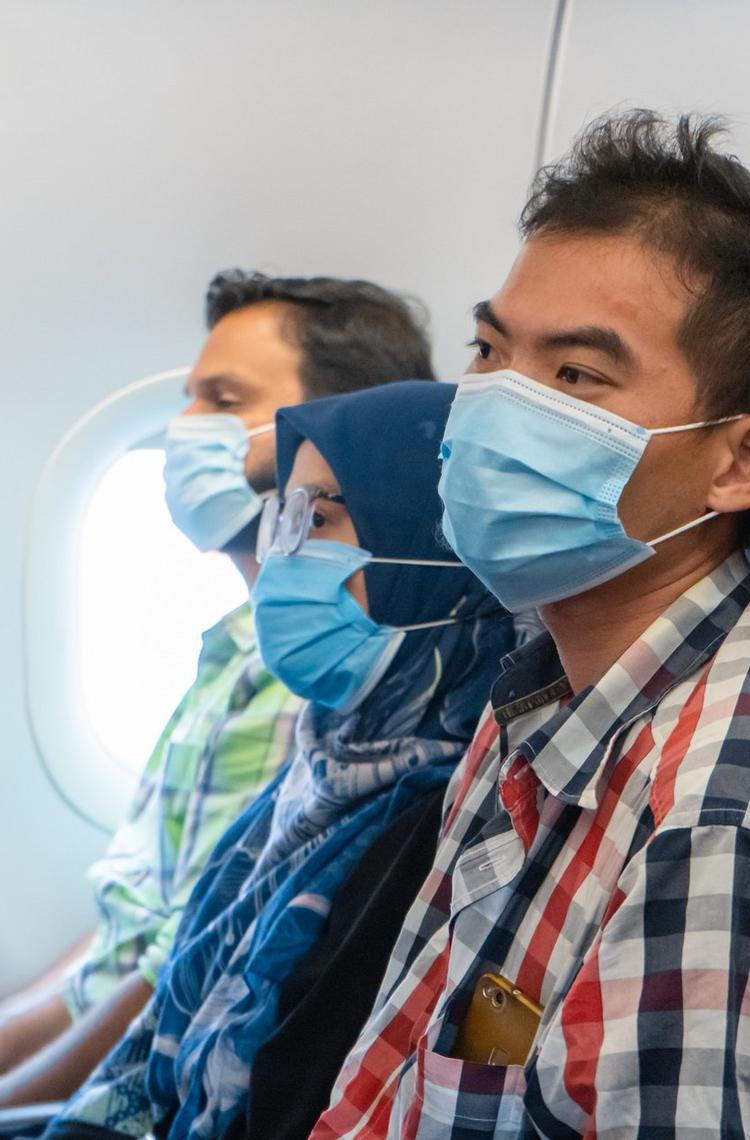With air filtration systems ensuring the highest levels of cabin air quality, passengers and crew can rest assured that an aircraft cabin is one of the safest environments out there. A new study by Airbus demonstrates that, when all passengers and crew wear masks, there is a very low probability of airborne particle propagation into the next passenger’s breathing zone. What does this imply, concretely? A very low risk of virus transmission in the cabin.
Barriers and “distancing” onboard
Thanks to a three-dimensional computer simulation, Airbus’ cabin experts are able to understand potential particle propagation (which happens when droplets and aerosols are expelled via breathing, coughing, sneezing or speaking) from a passenger. The methodology for this simulation is rigorous. Based on “Computational Fluid Dynamics” (CFD), the study analyses 50 million points inside the cabin, and calculates a variety of parameters such as air speed, direction and temperature for each of these points at 1,000 times per second.
Another notable conclusion drawn from the study was that significantly fewer particles emitted by a passenger in an airliner cabin reached the breathing zone of other passengers, compared with particles emitted in a typical commercial indoor space. It also demonstrated no increased particle exposure when seated directly beside another passenger.
Other interesting findings are the visible and invisible barriers that virtually enable physical distancing onboard. These invisible barriers are created by the already high exchange rate of air in the cabin, the “top to bottom” airflow pattern, High-Efficiency Particulate Arrestors (HEPA) filtration, combined with forward-facing seating and high backrests.
These barriers essentially imply that 30cm (around one foot) of physical distance onboard an aircraft is equivalent to 1.8m (six feet) distance outside of an aircraft, which is more than the recommended one meter (around three feet) by the World Health Organization (WHO). Therefore, even when someone coughs or sneezes, and even when all seats (including the middle seat) are occupied, passengers are essentially still sitting more than six feet apart from each other.
"After multiple, highly-detailed simulations using the most accurate scientific methods available, we have concrete data which reveals the aircraft cabin offers a much safer environment than indoor public spaces," said Bruno Fargeon, Airbus Engineering, and leader of Airbus’ Keep Trust in Air Travel initiative.
He added: "The way that air circulates, is filtered and replaced on airplanes creates an absolutely unique environment in which you have just as much protection being seated side-by-side as you would standing six feet apart on the ground."
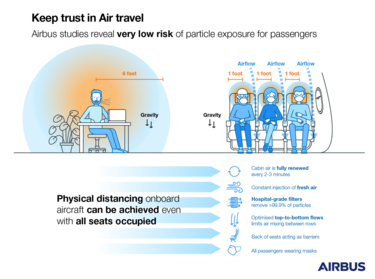
Low transmission risk
Complex simulations of this nature are normal practice at Airbus. To optimise airflow pattern in the cabin and to ensure passenger and crew thermal comfort, health and safety, studies drawing on CFD modeling are run continuously to analyse air cleanliness and airflow.
In early 2020, the data collected was already pointing to a very low risk of virus transmission in the cabin. Airbus built upon these initial findings in the summer of 2020 by developing and performing a range of simulations which characterise airborne particles dispersal inside an aircraft cabin. The input for the model was robust, and included unique conditions such as cabin pressure, humidity and airflow, in particular regarding the complex aerodynamics as air moves around passengers and seats.
The simulations, based on a typical A320 economy-class configuration, model the ‘top-to-bottom’ airflow (an integral design feature of all Airbus cabins), how that airflow interacts aerodynamically and thermodynamically around the seats and their occupants, as well as the air renewal rates. The transmission propagation of expelled airborne particles was tracked to determine whether they could be inhaled by another passenger.
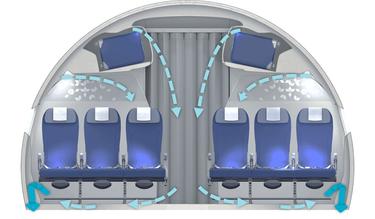
Read more about our clean cabin, the design of the cabin air flow and filtering in our website section on cabin and comfort.
Why flying is safe
For decades, Airbus has leveraged the best designs and innovations to create a cabin environment where passengers and crew can breathe clean air on board.
These recent studies affirm the overall soundness of Airbus’ cabin ventilation and air filtration architectures, and confirm previous assessments that the risk of transmission within aircraft cabins is highly unlikely.
In short, the cabin air is clean, and passengers can be confident to share cabin space safely with others.
Read more Commercial Aircraft news
Continue Reading
Airbus completes acquisition of Spirit AeroSystems sites
Press Release
Commercial Aircraft
Airbus has taken ownership of some former Spirit AeroSystems assets. Read more about it.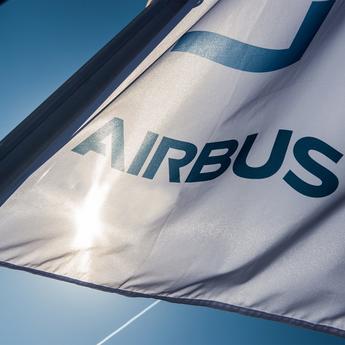
Airbus updates 2025 commercial aircraft delivery target, maintains financial guidance
Press Release
Company
Airbus provides update on deployment of A320 Family precautionary fleet measures
Press Release
Commercial Aircraft
Airbus update on A320 Family precautionary fleet action
Press Release
Commercial Aircraft
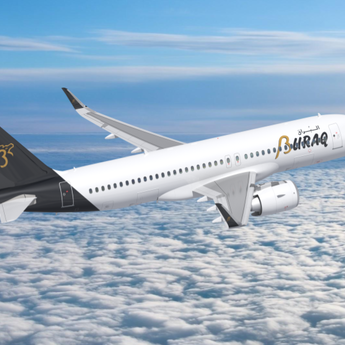
Buraq Air to become new Airbus customer with a commitment for 10 A320neo Family
Press Release
Commercial Aircraft
